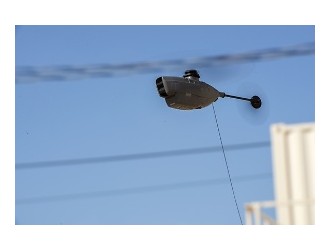
The European Aviation Safety Agency (EASA) has warned Leonardo Helicopters AW189 operators of a potential explosion risk in the twin-engine, medium-left aircraft’s long-range underbelly fuel tanks and ordered them to modify electrical bonding in those tanks within about 300 flight hours.
EASA’s proposed airworthiness directive (AD) follows an alert service bulletin Leonardo issued July 13. The “consultation” period on the proposed AD ends July 31; the AD could become effective 14 days after that.
EASA proposes to require AW189 operators to modify the electrical bonding according to Leonardo alert Service Bulletin 189-100. That service bulletin calls for replacing and re-routing existing copper straps on the underbelly tank fuel sump plate with bonding cables.
In proposing the AD, EASA said a review of the underbelly fuel tank system, which is installed on extended-range AW189s, identified a safety issue with electrical bonding installed on the fuel sump plate. The sumps and sump covers are bonded to the external skin in the same location. "In case of a lightning strike, a fraction of the electrical current may be diverted inside the sump plate” and into electrical wiring to components in the fuel tanks, EASA said. Uncorrected, this could "create an ignition source in the fuel tank vapor space, possibly resulting in a fuel tank fire or explosion."





